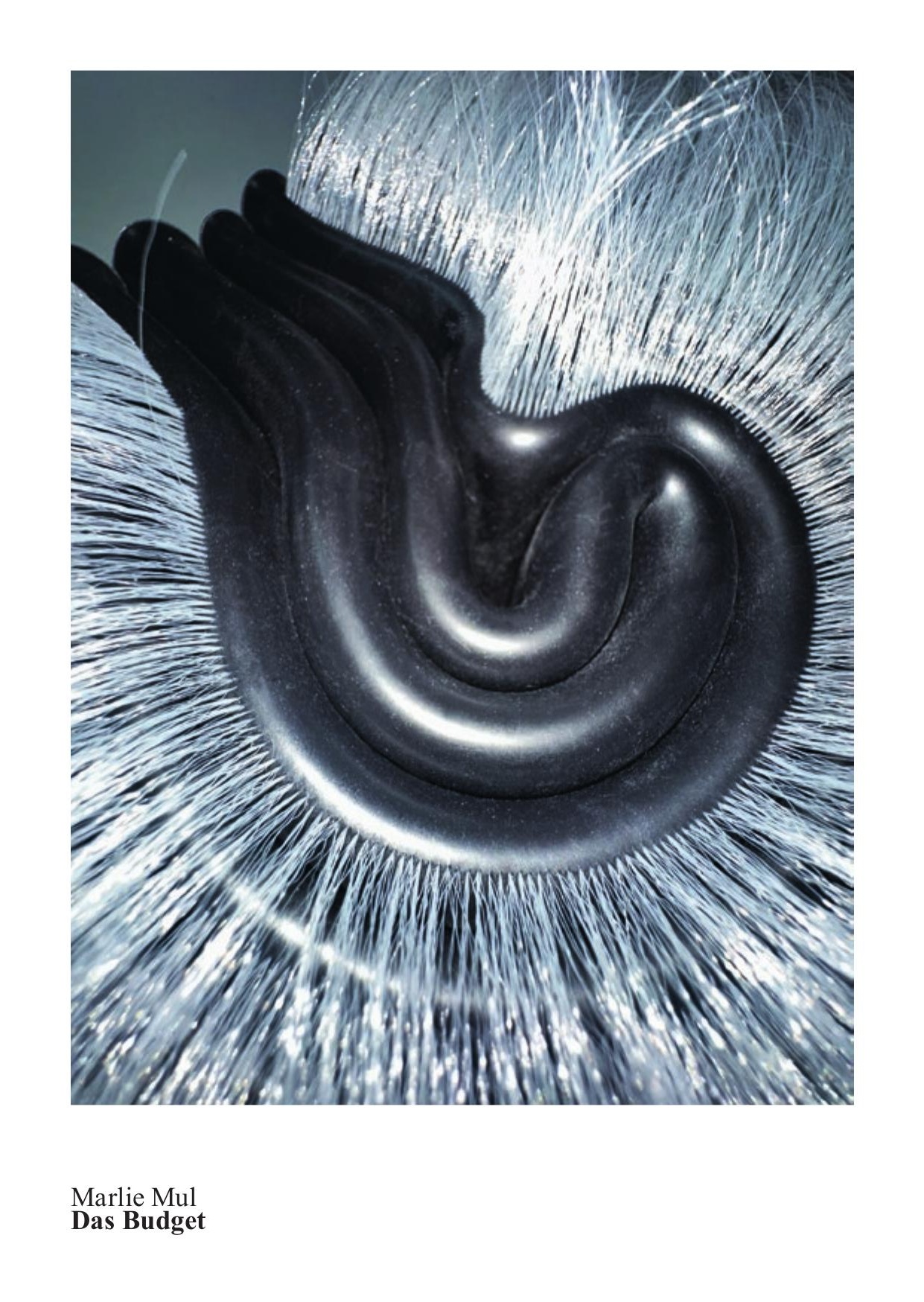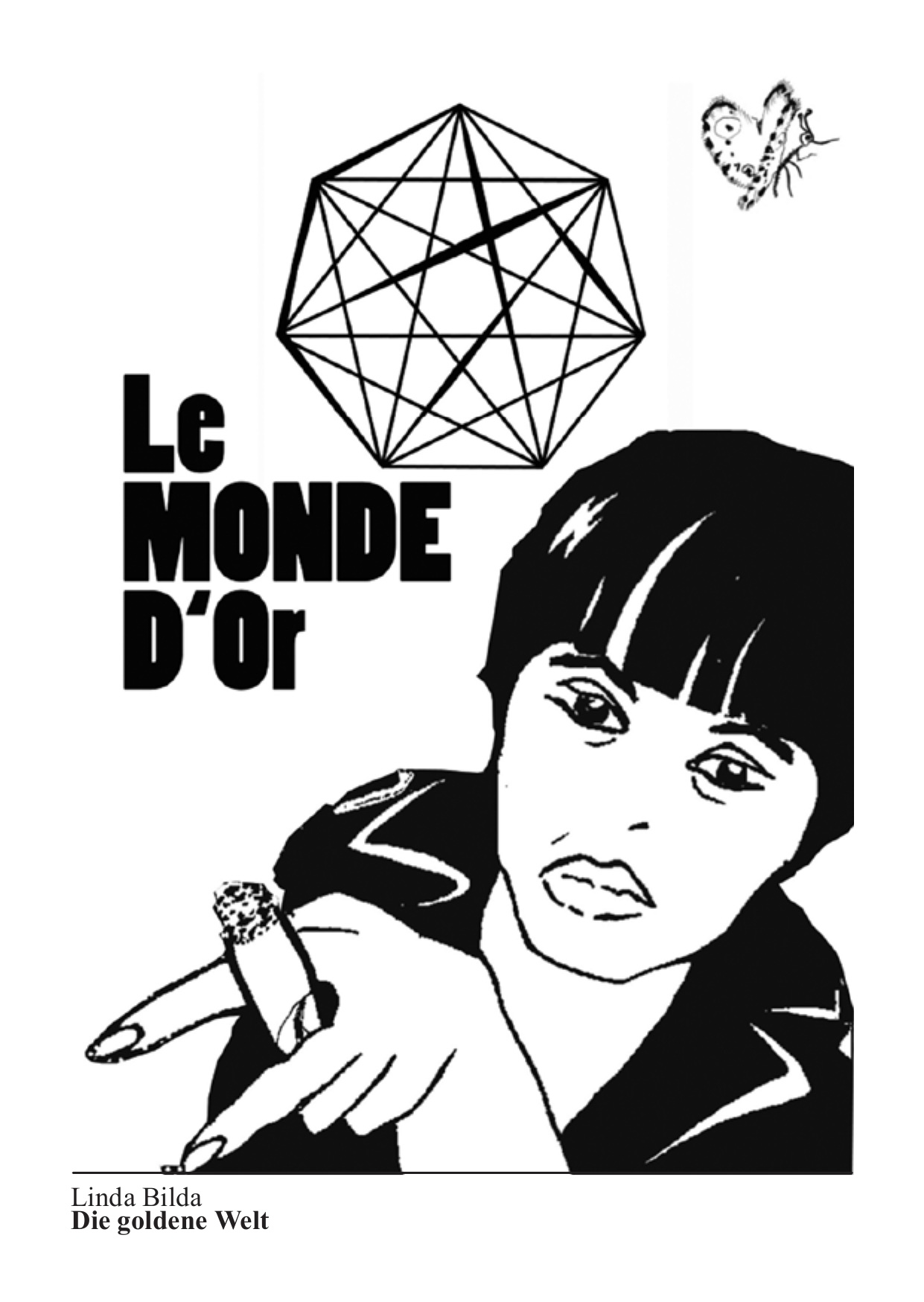26.1. – 30.3.2003
How High Can You Fly
After the 90s, in which photography was considered the only medium capable of dedicating itself to representing reality, it has recently become apparent that in particular a younger generation of artists is looking for ways to bring figuration back to the canvas. Artists adopt strategies of critical distance, irony, and provocation, not least of all to call into question the conventions of figurative representation.
Characteristic for this type of painting is the combination of very different painting styles and techniques on the same pictorial medium, the lush and liberal application of color that as an abstract element – as an accumulation of pigments, as pure color that has not yet constituted itself as form, or as baroque ornaments – undermines the representational portrayal. The color appears in abundance, runs, drips, and spreads rampantly, often completely independent of the representational portrayal, so that it appears to have its own life.
Certain image compositions recall digital collages, which playfully and non-hierarchically connect aesthetic forms of expression of high and low culture. Others again appropriate styles consciously situated in the vicinity of kitsch and that flirt with ‹bad taste›. Most of these artists practice a kind of stylistic pluralism, which expresses itself either through the combination of very different stylistic elements in one picture or through the use of very different styles in one artistic series. On the level of image content, the artists fall back on everyday, unspectacular subjects from our leisure and consumer culture, which are often overdrawn all the way to caricature and, through their ironic distance, resist any direct criticism.
The exhibition How High Can You Fly presents works from young artists not yet well known in Switzerland from the Netherlands, Germany, and Switzerland, who have attracted attention in recent years through their painting. Almost none of these artists have however devoted themselves exclusively to painting. Antonietta Peeters and Vincent Kohler have therefore been invited on behalf of this tendency to show their three-dimensional work, which is closely connected to painting. These young artists are juxtaposed with works by Jean-Frédéric Schnyder and Jim Shaw, two artists who have long been known for their appropriationist strategies and the corresponding, conceptually justified detour into the realm of bad taste.
After Sven Kroner (born 1973 in Düsseldorf, lives and works in Düsseldorf), a former student of the Düsseldorf Art Academy (Professor Dieter Krieg), spent a long time dealing with freeway landscapes through painting, he began to paint avalanche landscapes two years ago. He does not, however, try to represent real ‹snow mass crashes›, but rather presents the natural spectacle as a painting event – as color discharges. He uses these both visually as well as anecdotally and tops the event surplus with representations of cabins and skiers with traits of caricature. Despite the clear irony, the images do not however release the viewer with a punch line, but rather retain fascination through the false bottom of the ‹painting catastrophe›.
Vincent Kohler (born 1977 in Lausanne, lives in Lausanne), who completed his studies at ECAL in Lausanne in 2001 and is also a member of the artist collective PAC, paints simple ‹poster-like› pictures: a ‹sock snake› in front of a forested background, a comically painted crocodile marionette on a pasture, pieces of meat from the butcher in front of a blue background. The objects he will present in Glarus are of a similarly trivial nature. Charlotte is a monumentally blown-up sculpture of a dragon stuck together with toothpicks and potatoes; ‹Saucisse› is the marriage of oversize sausages from Vaud and crashing waves. Through the monumentalization and the heroic staging of these elements from a children&'s room and (Swiss) everyday life, Kohler also parodies our idea of (national) identity.
Bernhard Martin (born 1966 in Frankfurt am Main, lives and works in Frankfurt am Main) calls his program the thought of arbitrariness without being arbitrary. His images are ‹designed› and, as with manufacturers of brand-name products, there are different product lines, e.g., a ‹Classic Line› or a ‹Romantic Line›. His images are clever collages of leftover ideas of art history (the Renaissance is his primary inspiration) and of our contemporary leisure and commercial culture. With technical mastery, he makes the hybrid fragments, which often are in sharp contrast with each other and are realized using very different techniques, melt together into a comprehensive system. Despite the exorbitant colorfulness of his images and the presence of infantile image worlds, as they are for instance used in advertising graphics, the topics of Bernhard Martin are the classical topics of painting: landscape, still life, portrait, genre – but transferred into a modern setting.
In his paintings, Gé-Karel van der Sterren (born 1969 in Amsterdam, lives and works in Amsterdam) pulls out all the stops of exaggeration: His images are overly colorful; paint is sometimes applied as thickly as whipped cream on cake (cakes are an explicit topic in his work) – very close to the border of the aesthetically bearable. Starting from a wealth of subjects, he often paints variations of these subjects. Not least of all, subjects resurface repeatedly in which tearing to pieces, splattering, and sullying is inherent; returning subjects therefore include snowmen, bird houses, satellite dishes, and avalanches of bright color burying entire streets of houses underneath. Although his images are always figurative, abstraction, in the form of color excesses, is also always included in his images. Van der Sterren&'s image worlds have the atmosphere of a decadent baroque spectacle with a frightening and sometimes surreal overtone.
Antonietta Peeters (born 1967 in Amsterdam, lives and works in Amsterdam) is, in her artistic work, interested in the space between things, in the space that cannot be represented visually. She understands her work as prostheses, as extensions of her senses. Her objects, installations, and her painting are constantly interrelating and mutually influencing each other&'s development. The basis of many of her works are stacks of postcards with stereotypical subjects like dogs, horses, automobile and motorcycle racers, and landscapes, which she reworks with a black felt-tip marker, so that the subjects are only perceived as black holes and the subject of the representation is therefore absent in a disturbing way. Her objects, of which a number of artistic groups (Helmets, Sunsets, Stills) are shown in the Art Museum, are crocheted structures that are sometimes stretched out like a sail, sometimes pulled over a grid structure: rampant structures that do not possess a center.
Jean-Frédéric Schnyder (born 1945 in Zug, lives and works in Zug), belongs to the generation of artists who are committed to concept art, but reject its formalism and instead attempt to again deal with reality through painting. In 1970, he completed his decisive transition from pop art and concept art to superficially traditional-seeming oil painting, as a clear renunciation of the art enterprise that declares painting aesthetically and politically dead. Schnyder identifies himself with the painter as tradesman and at the same time calls into question every style by helping himself to the resources of art history and popular culture. His images are however neither merely an ironic play on the taste of simple people, nor a satire of high art; his stylistic pluralism is the result of his strict painting practice, the rules of which he imposes upon himself and which often leads to connected picture series.
Jim Shaw (lives in Los Angeles) has worked since the 70&'s with overflowing artistic series (Dreamobjects – a visual realization of his nightly dreams, My Mirage – the recording of the stations of development of the main character Billy, or also the special case of the Thrift Store Paintings – a collection of anonymous pictures that Shaw has collected over the course of long years from second-hand stores…), in which works of art in very different media, from drawing to photography, object, installation, and painting, find room. His approach is in most cases – albeit it in a very fragmentary way – narrative, whereby the autobiographical component plays only a minor role; rather, he uncovers aspects of the American subconscious in his works, which are complexly networked among themselves and which draw from all aesthetic areas and styles (comics, illustration, advertisement, high art, amateur art, etc.). He does without any artistic trademark and works consistently ‹in the style of…›.
For further information on the exhibition or about the artists please contact the Art Museum. We will gladly send you digital image material on a CD-ROM.
After the 90s, in which photography was considered the only medium capable of dedicating itself to representing reality, it has recently become apparent that in particular a younger generation of artists is looking for ways to bring figuration back to the canvas. Artists adopt strategies of critical distance, irony, and provocation, not least of all to call into question the conventions of figurative representation.

















